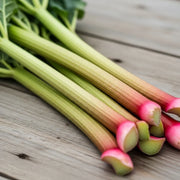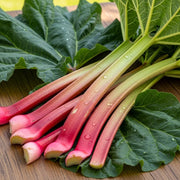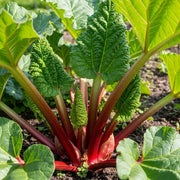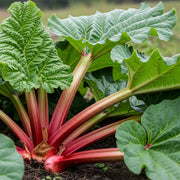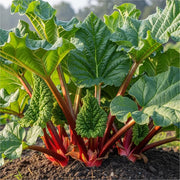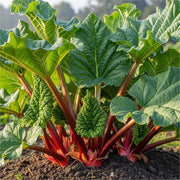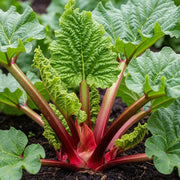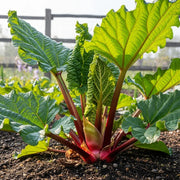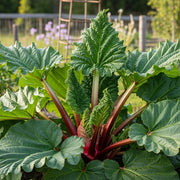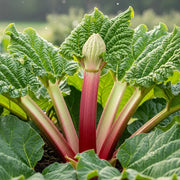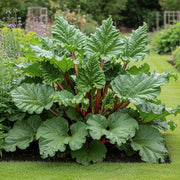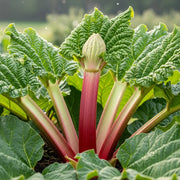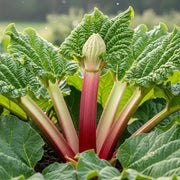Discover Superb Rhubarb for Delicious British Garden Harvests
Discover our superb collection of rhubarb plants, perfect for growing your own delicious harvests in your British garden. These easy-to-grow perennials provide bountiful spring and summer stems, ideal for classic crumbles, pies, and refreshing drinks.
Discover our superb collection of rhubarb plants, perfect for growing your own delicious harvests in your British garden. These easy-to-grow perennials provide bountiful spring and summer stems, ideal for classic crumbles, pies, and refreshing drinks.
Show More
